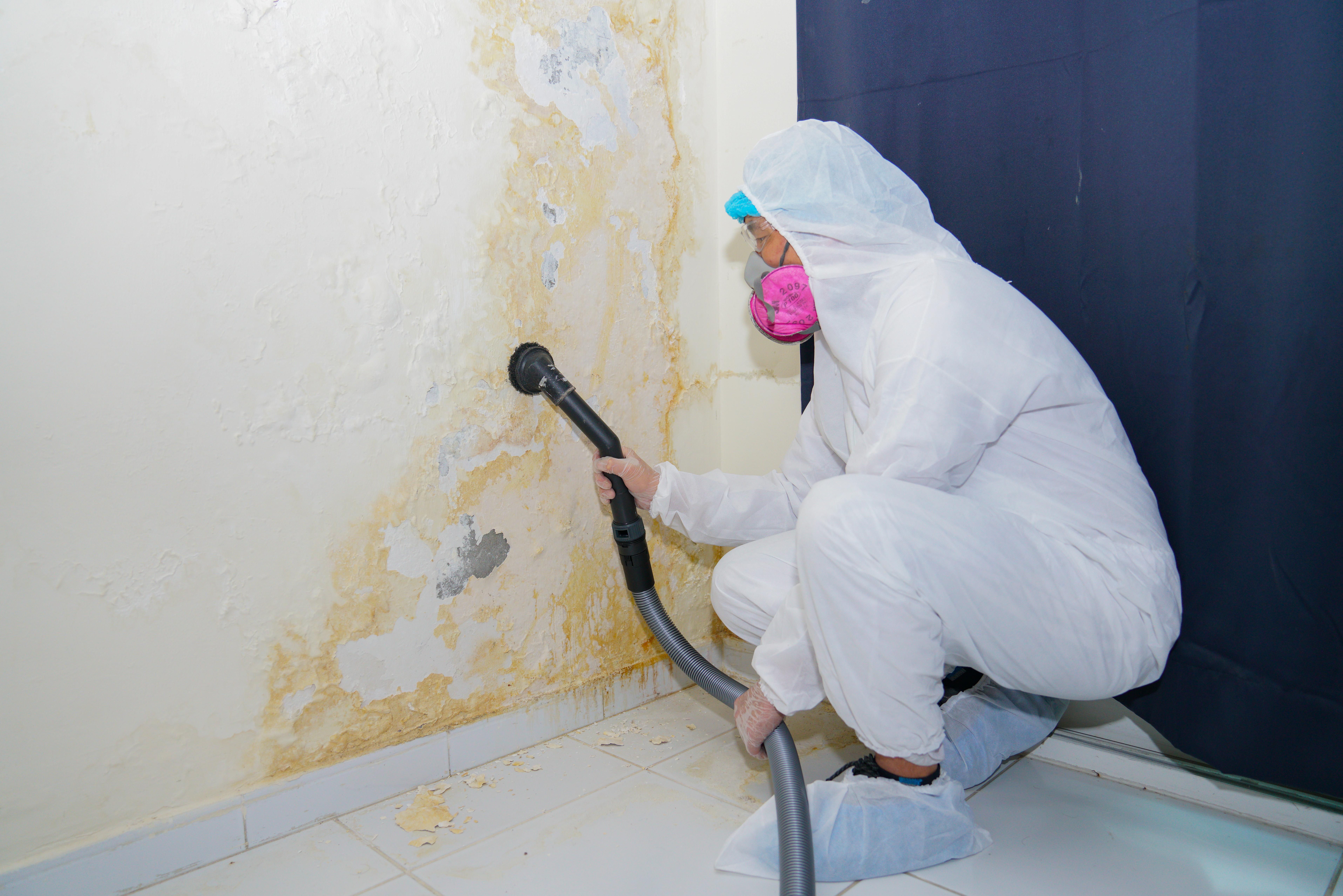Support on What to Do After Mold Remediation
Support on What to Do After Mold Remediation
Blog Article
Expert Tips for Blog Post Mold And Mildew Removal Success
In the realm of mold and mildew removal, efficiently eradicating mold and mildew is only half the battle; the real obstacle lies in preventing its reappearance. By sticking to expert pointers and ideal practices, people can secure their rooms versus mold revival and keep a healthy indoor setting.
Monitor Moisture Degrees Consistently
After finishing mold and mildew removal treatments, keeping optimal humidity degrees is crucial to protect against mold re-growth and ensure a healthy and balanced interior atmosphere. High moisture levels above 60% produce a helpful setting for mold and mildew to thrive, making normal keeping an eye on an aggressive step to prevent any type of future mold issues.
Furthermore, establishing a regular schedule for moisture checks, especially in high-risk areas such as shower rooms, basements, and kitchens, is a positive strategy to mold and mildew avoidance. By continually keeping an eye on humidity degrees, residential or commercial property owners can properly alleviate the threat of mold and mildew reoccurrence and keep a healthy interior environment post-remediation.
Conduct Thorough Inspections Post-Remediation
Adhering to the completion of mold remediation procedures, it is important to perform thorough inspections to confirm the efficiency of the removal procedure. These post-remediation assessments are essential in ensuring that the mold concern has actually been effectively dealt with and that there is no recurrence or staying mold growth. Evaluations should be performed by qualified experts that have expertise in identifying mold and examining indoor air quality.
Throughout these inspections, different techniques such as visual assessments, air tasting, and surface area sampling might be employed to extensively examine the remediated locations. Visual assessments entail a thorough inspection of the properties to inspect for any kind of visible indicators of mold growth or water damages. Air sampling helps in figuring out the air-borne mold spore degrees, while surface sampling can detect mold and mildew fragments on surface areas.
Implement Correct Air Flow Methods
After guaranteeing the performance of the mold removal process through detailed assessments, the next crucial action is to concentrate on applying correct air flow techniques. Adequate ventilation is important in avoiding mold and mildew reoccurrence by managing moisture degrees and advertising air blood circulation.
Appropriate ventilation not just aids in avoiding mold development yet additionally adds to the overall health and comfort of owners. By making certain adequate ventilation throughout the residential property, you can lower the danger of mold regrowth and develop a much healthier living environment.

Use Mold-Resistant Materials for Fixes
To improve the long-lasting performance of mold and mildew remediation efforts, incorporating mold-resistant materials for repair services is crucial in minimizing the threat of future mold development. Mold-resistant products are created to withstand wetness and prevent mold and mildew development, making them an important selection for locations prone to dampness and humidity. When repairing areas influenced by mold, utilizing products such as mold-resistant drywall, mold-resistant paints, and mold-resistant caulking can assist stop mold reappearance.
Mold-resistant drywall is an exceptional option to typical drywall in locations like shower rooms and basements where dampness degrees are greater. When exposed to damp conditions, this type of drywall has a special layer that withstands mold and mildew growth also. In addition, using mold-resistant paints including antimicrobial representatives can further inhibit mold and mildew growth on ceilings and walls.
In areas where moisture prevails, such as bathroom and kitchens, utilizing mold-resistant caulking around home windows, sinks, and tubs can aid seal out water and prevent mold and mildew from taking hold in splits and holes. By buying these mold-resistant materials during repair work post-remediation, you can considerably reduce the probability of future mold problems and preserve a much healthier interior web link atmosphere.
Maintain Cleanliness and Address Water Issues
Ensuring sanitation and without delay attending to water issues are fundamental techniques to maintain in protecting interior spaces from mold and mildew reinfestation. After mold remediation, it is critical to preserve a tidy atmosphere to avoid the regrowth of mold (testing air quality after mold remediation). Routine cleansing, dusting, and vacuuming can assist eliminate any kind of check my reference lingering mold and mildew spores and stop them from multiplying and settling. Furthermore, keeping indoor spaces dry and addressing any type of water concerns quickly is essential in mold and mildew avoidance. Leakages, water invasion, or high moisture degrees can create the ideal breeding place for mold, so it is essential to take care of any kind of water-related issues quickly.
To maintain tidiness, take into consideration making use of HEPA filters in vacuum cleaners and air purifiers to catch mold and mildew spores and stop their blood circulation airborne. Guaranteeing appropriate ventilation in areas susceptible to moisture build-up, such as washrooms and cooking areas, can help maintain humidity degrees in check. By remaining alert regarding sanitation and resolving water problems quickly, you can properly prevent mold and mildew reinfestation and keep a healthy and balanced interior atmosphere.
Conclusion

In the world of mold and mildew remediation, efficiently eliminating mold is just half the fight; the real visit their website difficulty exists in stopping its reappearance. After completing mold and mildew removal treatments, keeping optimum humidity levels is critical to avoid mold and mildew re-growth and make sure a healthy and balanced indoor atmosphere. High humidity levels above 60% produce a favorable environment for mold to prosper, making routine monitoring a proactive procedure to avoid any future mold concerns.
To enhance the lasting performance of mold and mildew remediation initiatives, including mold-resistant products for fixings is crucial in alleviating the threat of future mold and mildew development. After mold remediation, it is vital to maintain a clean setting to protect against the regrowth of mold and mildew.
Report this page